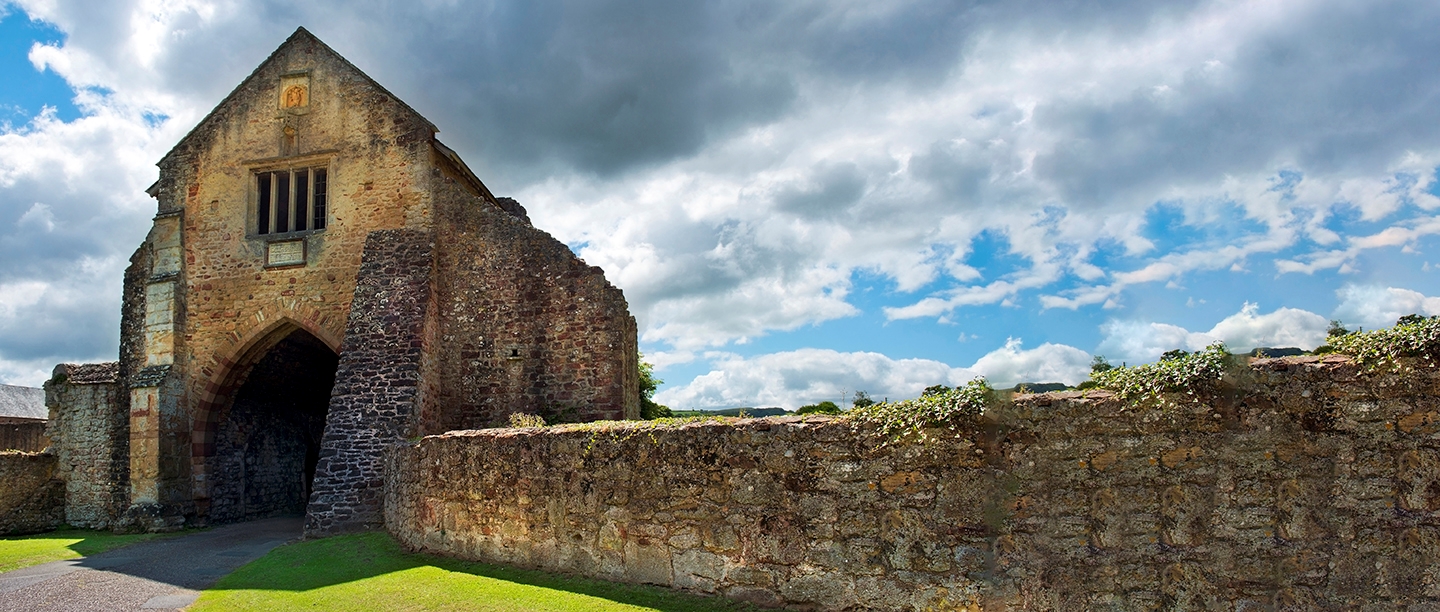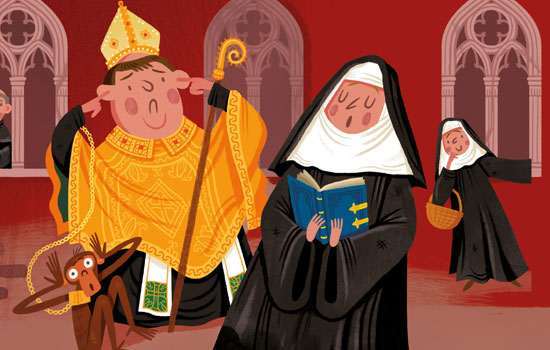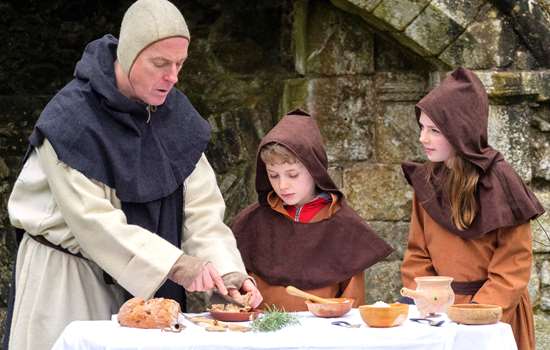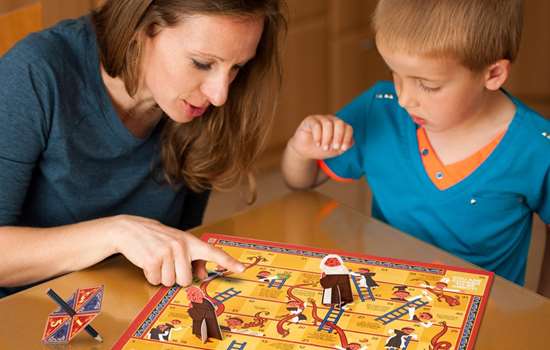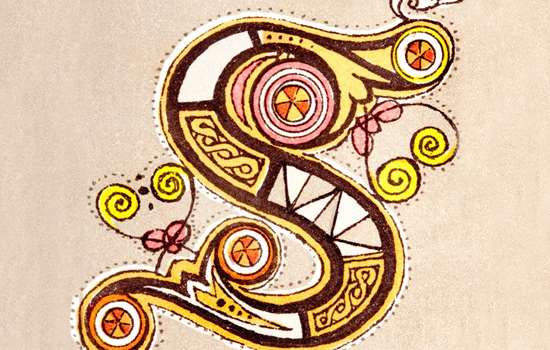Monks' House
Cleeve Abbey in Somerset was built between 1186 and 1191 after the Earl of Lincoln, William de Roumare, donated some land for its construction. Lots of wealthy medieval people donated land and money to set up monasteries because they believed that if monks prayed for them, they were less likely to go to hell.
The new monastery was originally called Vallis Florida – meaning Valley of Flowers – but it later became known as Cleeve, after the nearby village. Cistercian monks lived at Cleeve Abbey for almost 350 years and split their days between praying in church, manual labour, copying manuscripts and reading sacred texts. The monks ate a strict diet which didn't include meat, and in winter they were only allowed one meal per day! At its peak, 28 monks lived at the abbey.
Destruction of the Abbey
Around 200 years after it was completed, the monks renovated the abbey to improve their living standards. The monks were given their own private chambers and a new refectory (a large dining hall) was created. At one end of the refectory were rooms for the abbot. In the 1500s, Cleeve’s last abbot, William Dovell, finished the works. The gatehouse was redesigned, a new alley was created in the west cloister (a covered walkway), and the abbot’s accommodation was made even bigger.
But the abbey’s church was destroyed in 1536 during the Dissolution of the Monasteries, when Henry VIII ordered all abbeys and priories in England to close. The monastery was converted and used as a home and farm buildings. Today, many of the cloister buildings are still standing, including the gatehouse and the refectory, and it is said that ghosts of the monks haunt the abbey at night!
Make a model of Cleeve Abbey gatehouse
Now you can make your very own model of the gatehouse at Cleeve Abbey. Ask an adult to download the template and print it out for you, then you can follow the instructions below to finish the gatehouse.
Once you’ve completed it, put your model on display to impress your friends – and tell everyone about how medieval monks lived in monasteries!
Download your templatesHow to make your model of Cleeve Abbey gatehouse
YOU WILL NEED:
- Your exclusive templates
- Scissors
- Glue stick or double-sided sticky tape
-
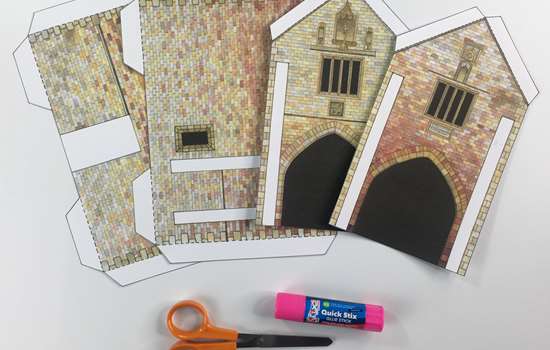
Step 1
Carefully cut out the four walls using scissors.
-

Step 2
Fold the tabs inwards and join the four walls together in this order: north wall, west wall, south wall, east wall.
-
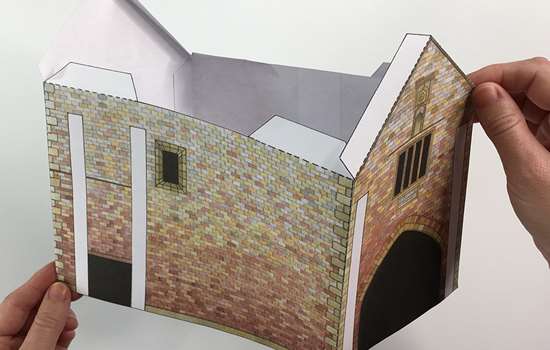
Step 3
Bring the west wall and north wall together and glue them into place to complete the basic shape of the gatehouse.
-
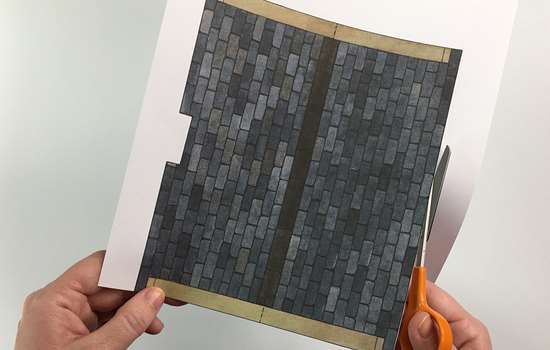
Step 4
Cut out the roof using a pair of scissors.
-

Step 5
Fold the roof in half and position on top of the walls, with the notch the same side as the west wall (this is where the chimney goes). Glue in place.
-
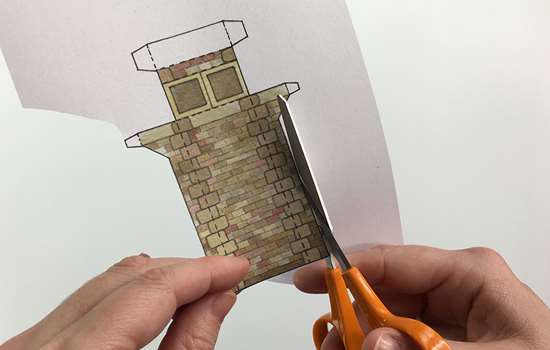
Step 6
Cut out the chimney, and fold along the dotted lines.
-
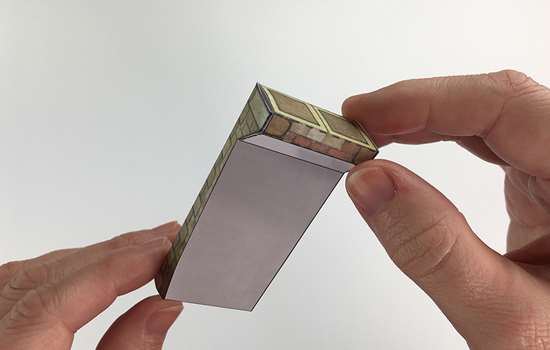
Step 7
Fold the chimney together and glue the tabs in place.
-
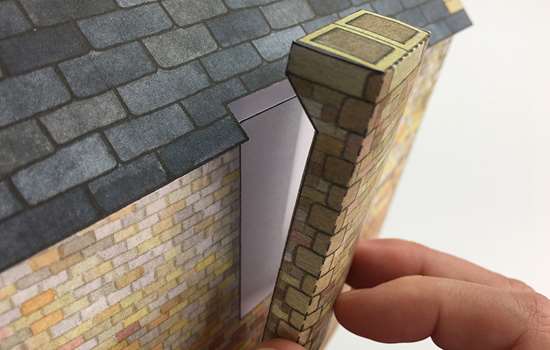
Step 8
Put glue on the back of the chimney and slot it into the notch on the roof.
-
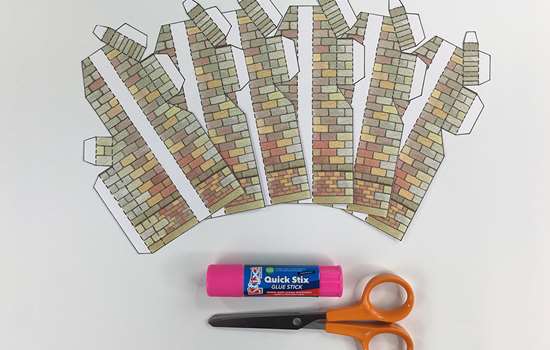
Step 9
Cut out the six supporting struts using scissors.
-
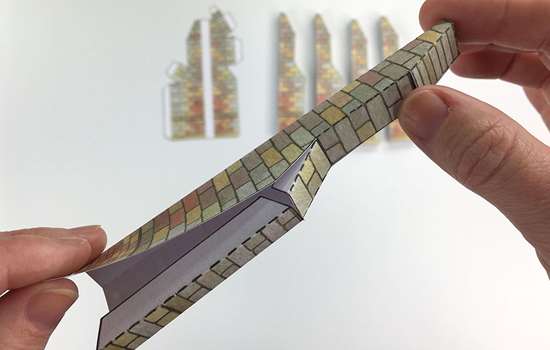
Step 10
For each of the six struts, fold along the dotted lines, and put glue on the tabs to secure. You might find it easier to fold the vertical parts first, then slot in the diagonal parts.
-
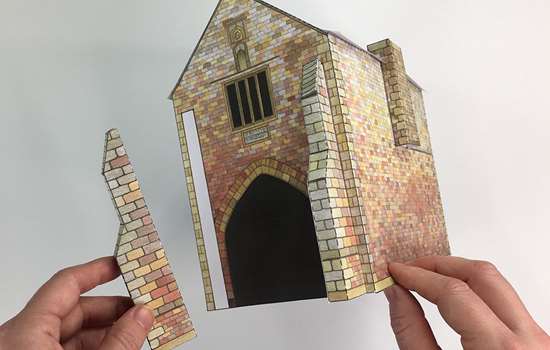
Step 11
Put glue along the long white part of each strut and glue on to the matching white areas on the walls of your gatehouse.
-
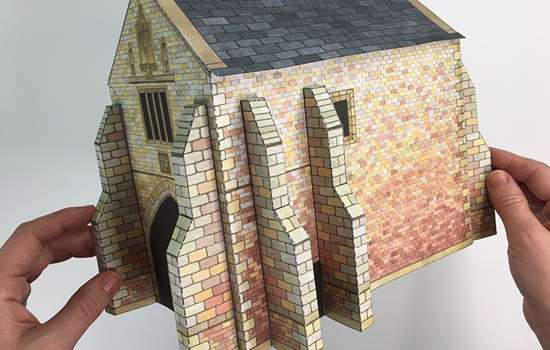
Step 12
Add all six of the struts in the same way until you have finished your gatehouse.
A Mini Guide to Medieval Monks
There were many different religious communities in medieval Britain. Many of English Heritage’s religious sites were once home to one of the four major monastic movements – the Benedictines, Cluniacs, Carthusians and Cistercians. But do you know the difference between these religious orders? Watch this animation to find out more.
Download your templates